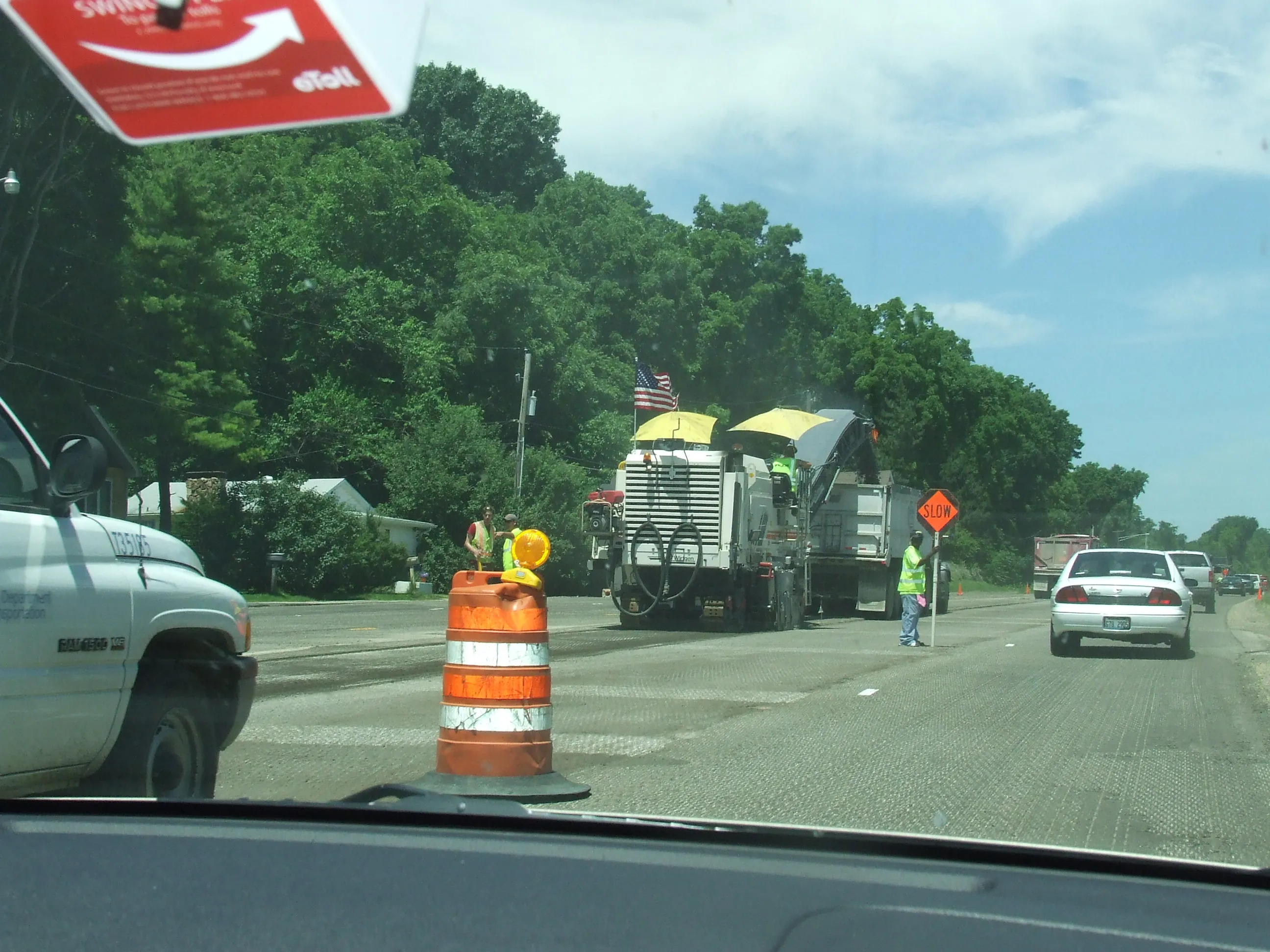
Highway and bridge construction in the US is getting safer. That is a key finding from a report by the American Road & Transportation Builders Association (ARTBA).
The study shows that the highway and bridge sector is making measured progress in reducing worker deaths and injuries compared to the broader construction industry. The data comes from an analysis of US Bureau of Labor Statistics data.
The analysis, reveals that between 2011 and 2023 (the most recent years available), fatal injuries in the Highway, Street, and Bridge (HSB) sector declined 15%, while fatal injuries for the rest of the construction sector jumped 41%. Non-fatal injuries and illness for the HSB sector also declined, with the number of cases per 1,000 workers decreasing 46%.
“These numbers demonstrate that public and private sector efforts to help improve jobsite safety through training and public awareness are having a positive impact,” said ARTBA Senior Vice President of Safety & Education Brad Sant.
While the number of deaths among workers is still unacceptably high – 88 in 2023 alone – Sant believes the downward trend reflects the collaborative spirit between public agencies, industry organisations, and transportation design and construction firms to address safety risks and hazards.
As examples, Sant cited the many organisations working together to promote NWZAW, along with resources provided via the National Work Zone Safety Information Clearinghouse, which offers free online training and public awareness tools. The Clearinghouse, a three-decade partnership between ARTBA and the Federal Highway Administration, is the world’s largest online information source on roadway construction zone safety issues.
Last year alone, the Clearinghouse provided free safety courses to 3,000 workers and distributed over 8,000 safety-related documents to key stakeholders.
“To continue reducing worker fatalities and injuries, we need to keep doing what we are doing – and do more of it,” Sant said.
The report was released following National Work Zone Awareness Week (NWZAW) in the US. ARTBA is a co-sponsor of the event, which hosted by the North Carolina Department of Transportation (NCDOT).








